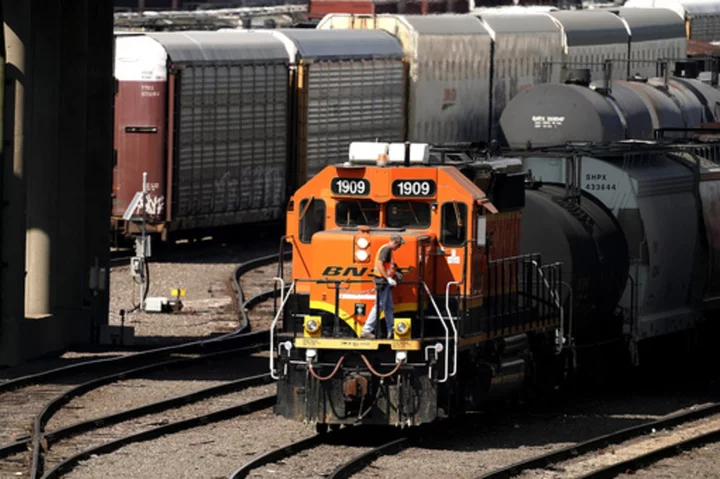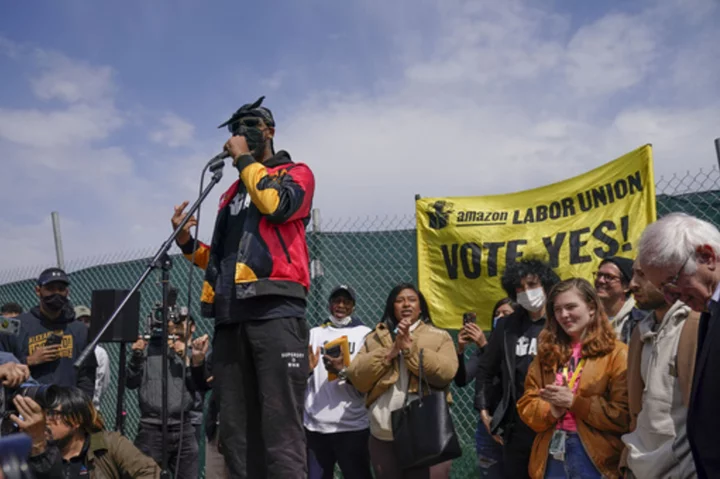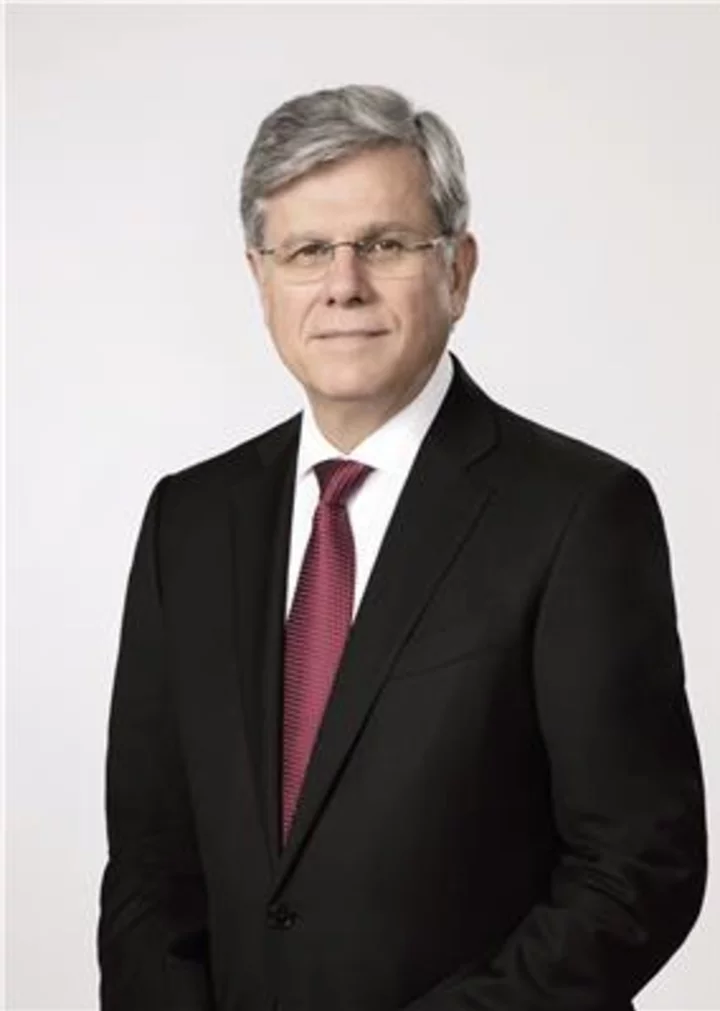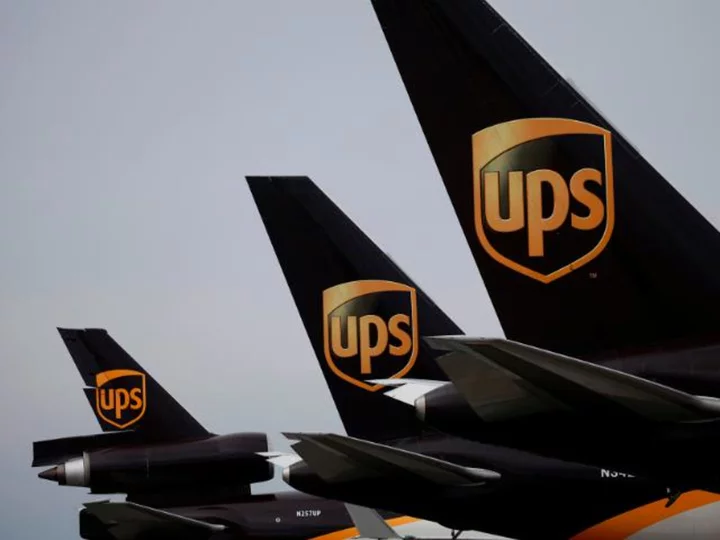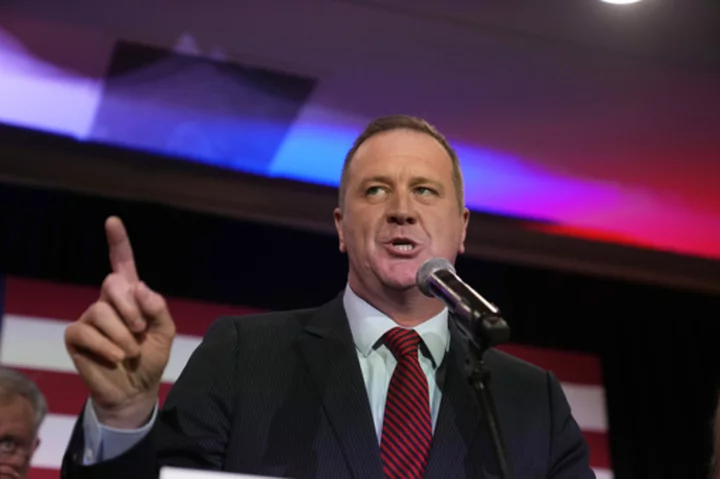Kansas became the 10th state in the nation Wednesday to require two-person railroad crews despite objections from freight railroads, but the industry may challenge the rule in court as it has in other states like Ohio.
The major freight railroads have long pushed to cut crews down to one person, but unions have resisted because they believe it’s safer to have two people working together to operate trains.
Gov. Laura Kelly said two-person crews “will protect workers from the effects of fatigue, prevent train derailments and reduce risks in the many Kansas communities along our railroad tracks.” The new administrative rule took effect Wednesday.
The railroad industry maintains there isn't enough evidence to show that two-person crews are safer and many short-line railroads already operate with a single person aboard.
“Regulatory efforts to mandate crew staffing such as the latest in Kansas lack a safety justification,” said spokesperson Jessica Kahanek with the Association of American Railroads trade group.
Kahanek said she didn't want to speculate whether the industry will file a lawsuit challenging the Kansas rule the way it did in Ohio. The railroads generally argue in their lawsuits that the federal government should be the only one to regulate the industry to ensure there's a uniform set of rules.
At least a dozen states impatient with the federal government's reluctance to pass new regulations on railroads have tried to pass restrictions on the industry related to minimum crew size, train length and blocked crossings.
Both the Ohio and Kansas crew-size rules were proposed in the months after the fiery Norfolk Southern derailment in eastern Ohio in February. That crash forced thousands of people to evacuate their homes around East Palestine while hazardous chemicals burned in the days afterward. The cleanup continues and residents continue to worry about possible long-term health effects.
The other states that have rules requiring two-person crews on the books are California, Wisconsin, Arizona, West Virginia. Minnesota, Washington, Nevada and Colorado. Those state regulations could be unnecessary if the Federal Railroad Administration approves a proposed rule to require two-person crews or if a package of rail safety reforms proposed in Congress that includes that requirement is approved. But the rail safety bill hasn't received a vote in the Senate or a hearing in the House, so it's prospects are uncertain.
Jeremy Ferguson, who leads the Transportation Division of the Sheet Metal, Air, Rail and Transportation Workers union that represents conductors, praised the new Kansas rule alongside the governor Wednesday.
“We have all worked hard to show that safety comes first, and corporate profits will never be placed ahead of all the citizens of this great state,” Ferguson said.
Kahanek, the industry spokesperson, said the railroads believe crew size should be determined by contract negotiations with the unions — not by regulations.
Union Pacific is in the process of testing out how quickly a conductor in a truck can respond to problems on a train compared to the conductor aboard the locomotive, although the railroad is still maintaining two people at the controls of its trains during the test.

